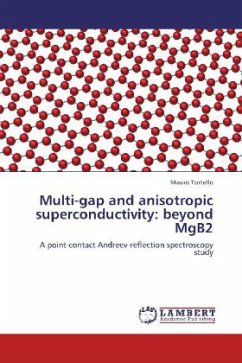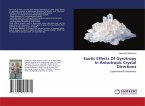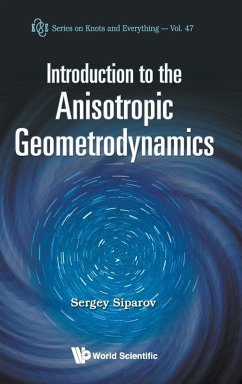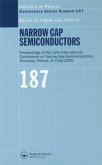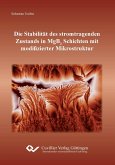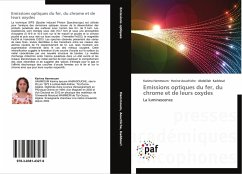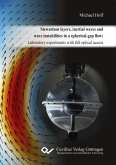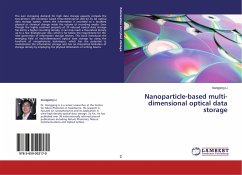Multi-gap superconductivity can be seen as a particular case of anisotropic superconductivity. The discovery of two-gap superconductivity in a very simple compound like MgB2 aroused in the whole scientific community great interest in this topic. This work presents an experimental study of multi-gap and anisotropic superconductivity in two different but related types of superconductors: doped (Al, Al and Li, Mn) or neutron-irradiated MgB2 single crystals or polycrystals and high-quality samples of the superconductor CaC6. The experimental study has been carried out by means of the point-contact Andreev-reflection spectroscopy technique. Results concerning the spectroscopic determination of the superconducting energy gaps in multi-gap and anisotropic superconductors are presented and discussed, thus contributing to the understanding of the complex physics of anisotropic superconductors. This study is addressed to all scientists interested in studying superconductivity from a fundamental point of view and in particular the superconducting energy gap, a physical parameter essential to unravel the microscopic mechanism that gives rise to this fascinating phenomenon.
